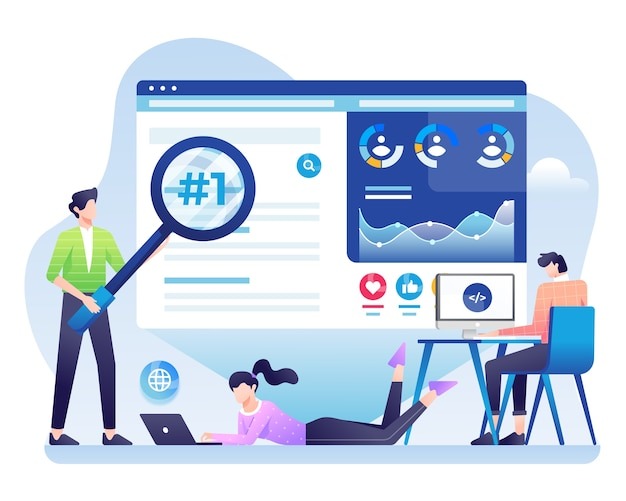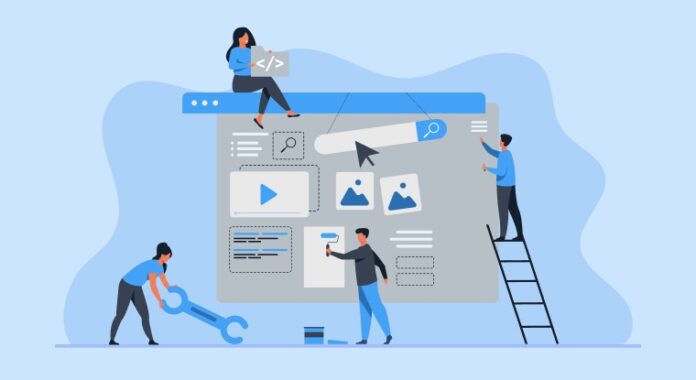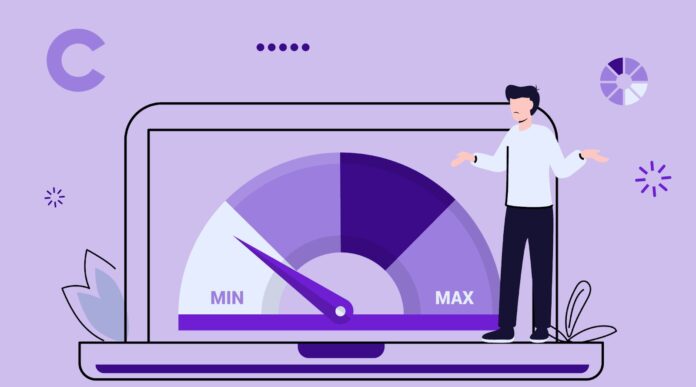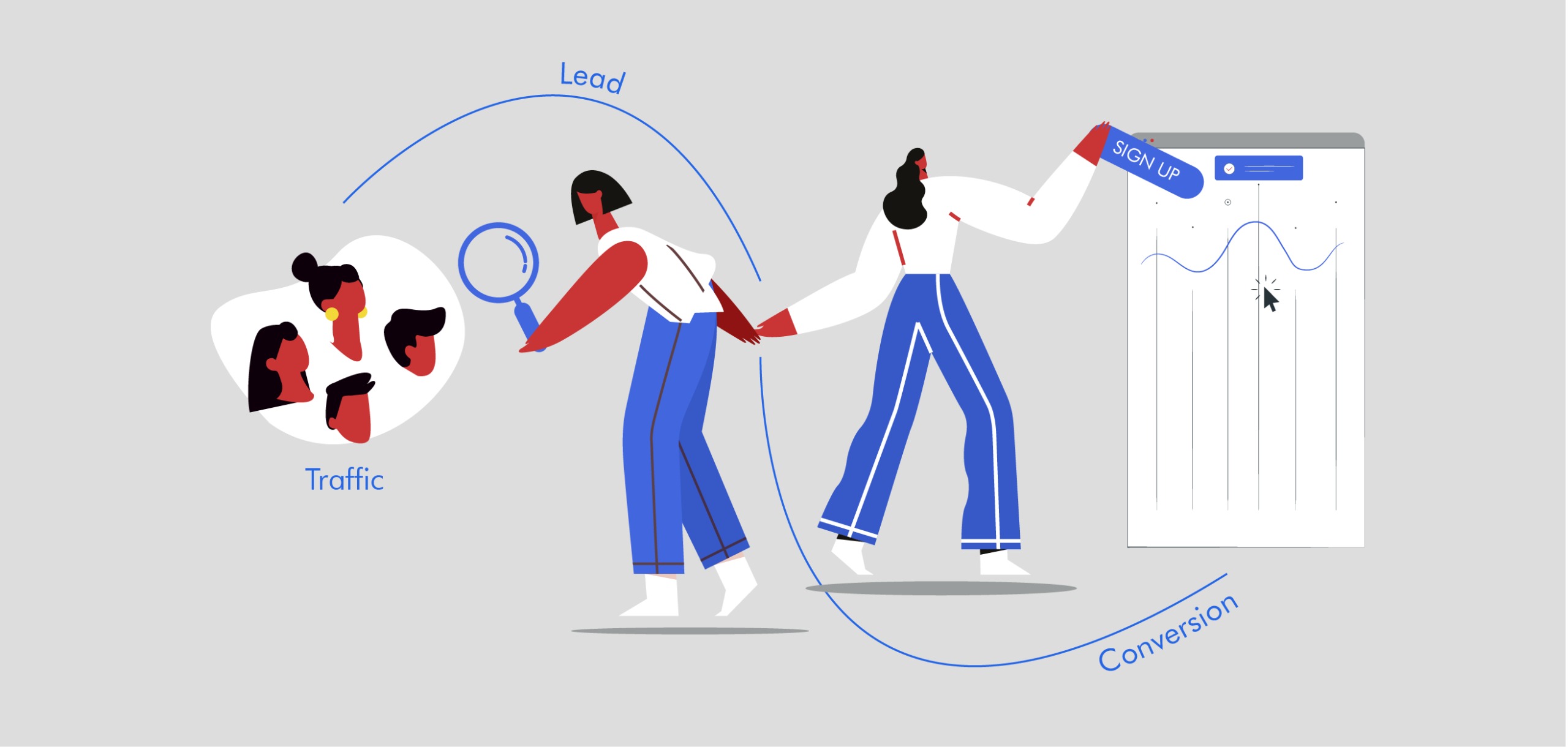Every day, thousands of people visit your website, click on your ads, and browse through your pages. Your analytics dashboard shows impressive numbers—page views are climbing, session duration looks decent, and the traffic graphs keep trending upward.
But when you check your sales numbers or lead generation reports, the story changes completely. All that traffic isn’t turning into customers, and you’re left wondering what’s going wrong.
This disconnect between traffic volume and actual business results frustrates countless website owners and marketers.
The truth is that not all website visitors are created equal. Some people who land on your site are genuinely interested in what you offer and ready to take action.
Others are just passing through, killing time, or accidentally ended up there through misleading ads or irrelevant search results.
Understanding Intent Behind the Clicks

The biggest difference between traffic that converts and traffic that doesn’t comes down to intent. When someone visits your website with a clear problem they need solved or a specific goal in mind, they’re much more likely to become a customer.
These visitors have what marketers call high purchase intent, and they represent the most valuable traffic you can attract.
High-intent visitors usually arrive through very specific search queries, direct referrals from trusted sources, or targeted advertising that speaks directly to their current needs. They’re not browsing randomly—they’re actively looking for solutions, comparing options, or ready to make a purchase decision.
On the flip side, low-intent traffic consists of people who might be mildly curious about your topic but aren’t facing an urgent problem or looking to spend money anytime soon. These visitors often come from broad, general content, social media posts, or advertising that casts too wide a net.
The Quality vs Quantity Problem
Many businesses make the mistake of focusing solely on driving more traffic without paying attention to where that traffic comes from or what those visitors actually want. This approach leads to inflated visitor numbers that look impressive in reports but don’t contribute to business growth.
The most successful websites prioritize traffic quality over quantity. They would rather have 100 highly targeted visitors who are genuinely interested in their products than 1,000 random visitors who bounce immediately after arriving.
This focus on quality requires advertisers to be more selective about their traffic sources and more strategic about their targeting.
When businesses start working with a smart cpm ad network, they gain access to more sophisticated targeting options that help them reach audiences with higher conversion potential rather than just maximizing raw traffic volume.
This shift from quantity-focused to quality-focused traffic acquisition often produces dramatically better results even with smaller visitor numbers.
Timing and Context Matter More Than You Think

Converting traffic also depends heavily on timing and context. Someone who visits your website while actively researching solutions to a problem they’re experiencing right now is infinitely more valuable than someone who stumbles across your content during casual browsing.
The best converting traffic often comes from people who are in what marketers call the consideration or decision phase of their buying journey. They’ve already identified their problem, they understand they need a solution, and they’re actively comparing options or ready to make a purchase.
Traffic that doesn’t convert well usually consists of people who are still in the awareness phase—they might not even realize they have a problem yet, or they’re just starting to learn about potential solutions.
While this traffic isn’t worthless, it requires different handling and longer nurturing to eventually produce conversions.
The Source Makes All the Difference
Where your traffic originates has a massive impact on conversion rates. Organic search traffic from specific, problem-focused keywords tends to convert much better than general social media traffic.
Email subscribers who click through from targeted messages convert better than people who randomly discover your content through broad advertising.
Referral traffic from relevant, trusted websites often produces excellent conversion rates because the referring site has already done some of the work of qualifying and warming up the visitor.
These people arrive with a level of trust and interest that’s hard to replicate through other channels.
Paid advertising can produce excellent converting traffic, but only when it’s properly targeted and aligned with what visitors actually want.
Ads that promise one thing but deliver another create disappointed visitors who bounce quickly and never return.
The User Experience Connection

Converting traffic requires more than just getting the right people to your website—it also requires giving them a good experience once they arrive.
High-intent visitors can quickly turn into bounced visitors if your site is slow, confusing, or doesn’t immediately address their needs.
The websites that excel at converting traffic pay careful attention to the complete user experience.
They ensure their pages load quickly, their navigation is intuitive, and their content directly addresses the specific needs and concerns of their target audience.
Technical issues, poor design, or irrelevant content can kill conversions even when you’re attracting perfectly qualified traffic.
This means that improving conversion rates often requires fixing user experience problems in addition to attracting better traffic.
Measuring What Actually Matters

Most businesses track the wrong metrics when evaluating their traffic quality. Page views, session duration, and bounce rate provide some useful information, but they don’t tell the complete story about whether traffic is actually valuable.
The metrics that matter most for understanding traffic quality include conversion rate, cost per acquisition, customer lifetime value, and revenue per visitor.
These numbers reveal whether your traffic is actually contributing to business growth or just making your analytics dashboard look busy.
Regular analysis of these deeper metrics helps identify which traffic sources consistently produce valuable visitors and which ones are essentially worthless despite generating high volume.
Making the Switch to Quality-Focused Traffic
When businesses recognize the difference between converting and non-converting traffic, they often need to make significant changes to their marketing approach.
This might mean spending less on broad, general advertising and more on highly targeted campaigns that reach smaller but more qualified audiences.
The transition from quantity-focused to quality-focused traffic acquisition can be challenging because the initial numbers might look less impressive.
However, businesses that make this shift typically see much better financial results even though their total traffic numbers might decrease.
The key is being patient during this transition and focusing on the metrics that actually matter for business success rather than vanity metrics that look good but don’t contribute to growth.







